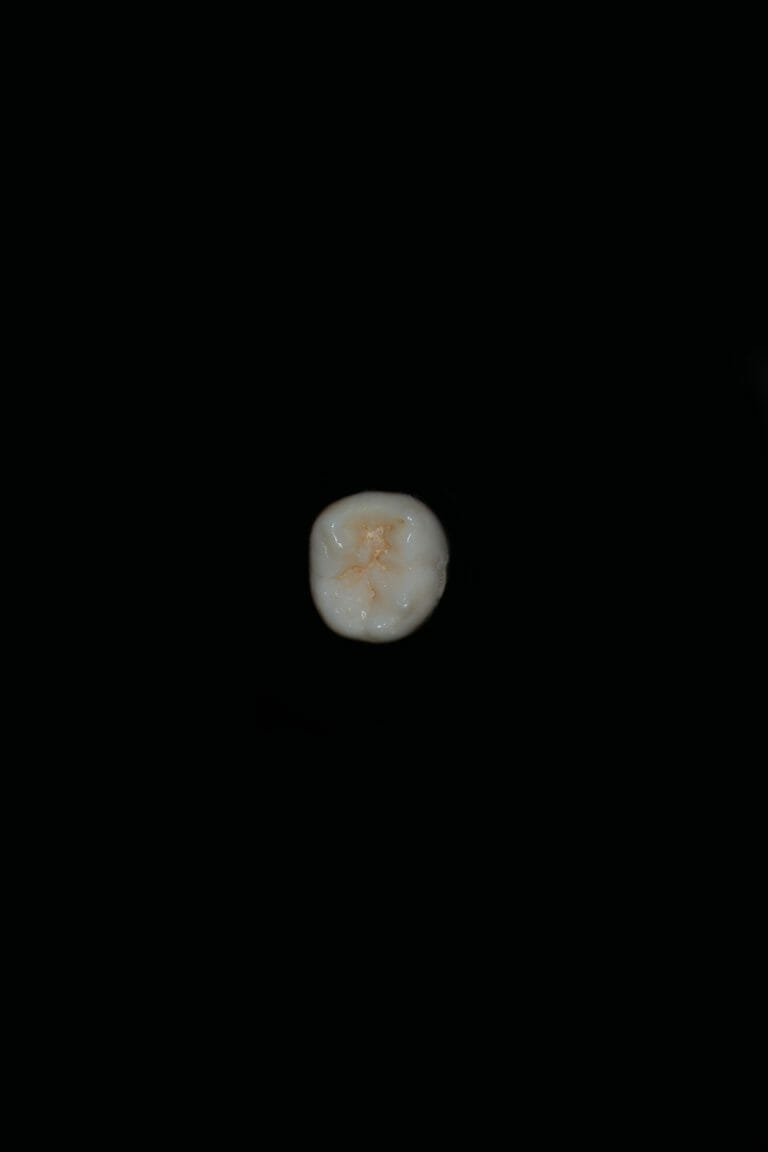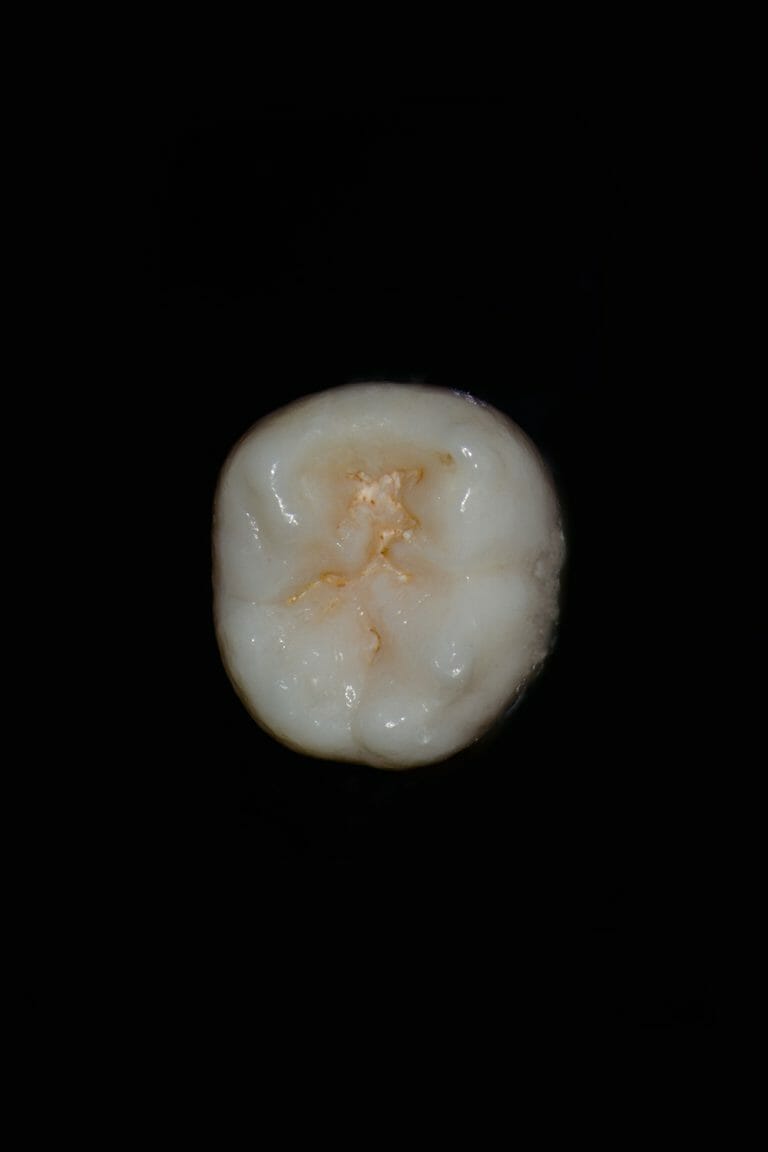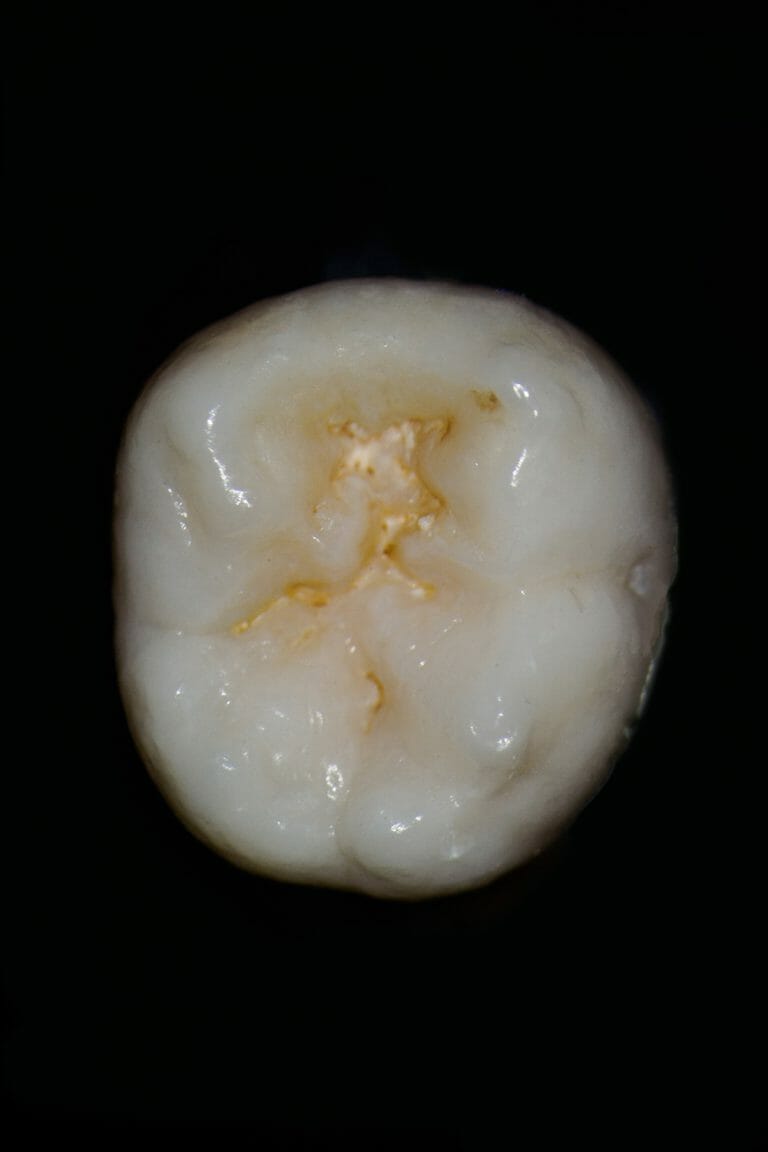There is grandeur in this view of life, from so simple a beginning endless forms most beautiful and most wonderful have been, and are being, evolved.
Charles Darwin- The Origin of Species
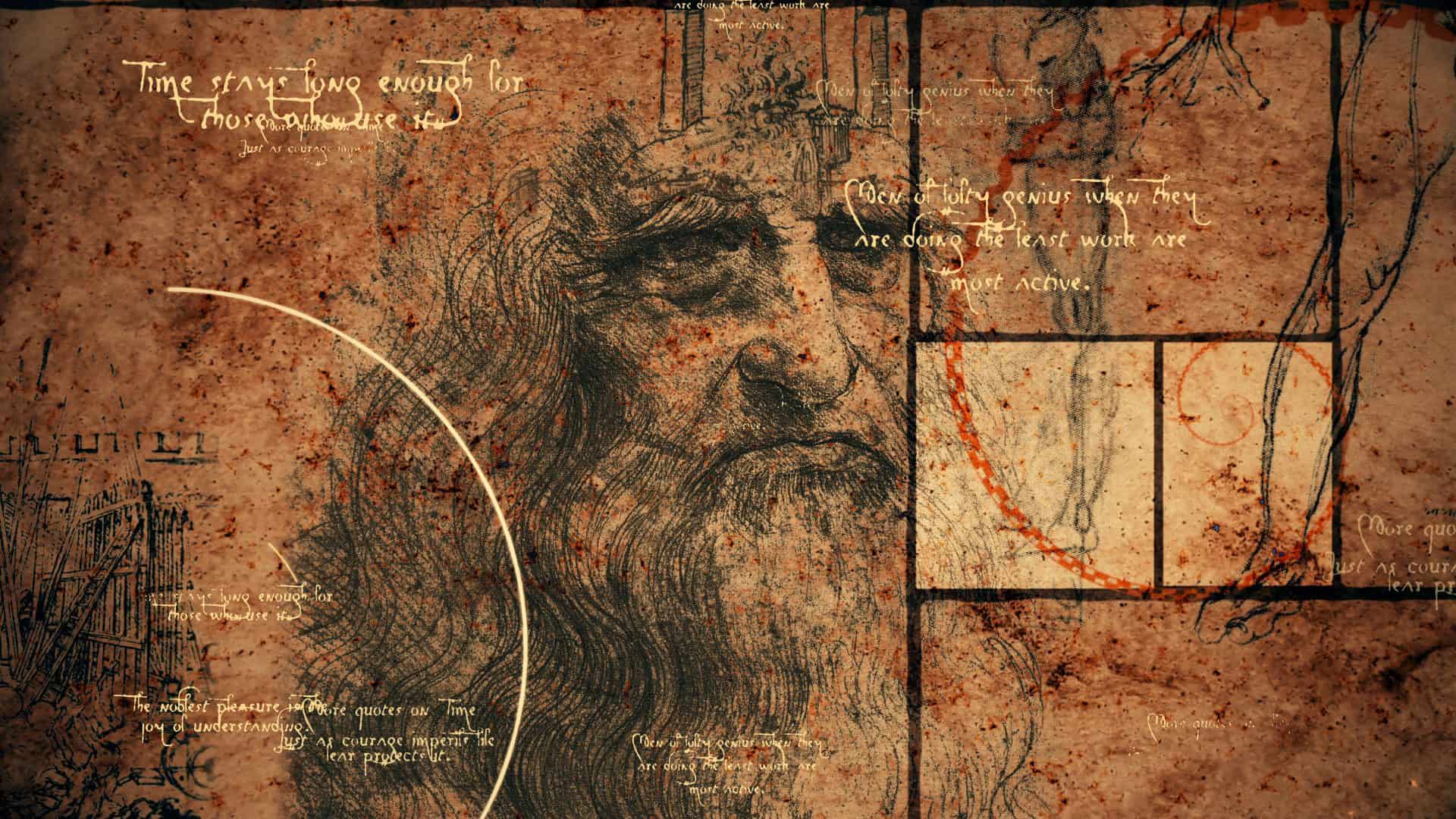
History of the Operating Microscope
During the late 16th century, the first microscope was born. in 1664, Robert Hooke observed the world’s first cell which constituted the basic unit of life. Therefore life, what used to be formless concept, began to be studied in more detail. In 1921, the microscope was first used in ENT surgery. In 1960, microsurgery allowed a blood vessels less than 1mm to be anastomosed. In 1990, the microscope was introduced to the field of dentistry. Historically, the microscope has revolutionised chemistry, physics, materials, and biology, its application in medical science was still slow. Even more so in dentistry, the arrival of the microscope was like a belated present, pressed in the innermost corner of its box, waiting patiently to be picked up.
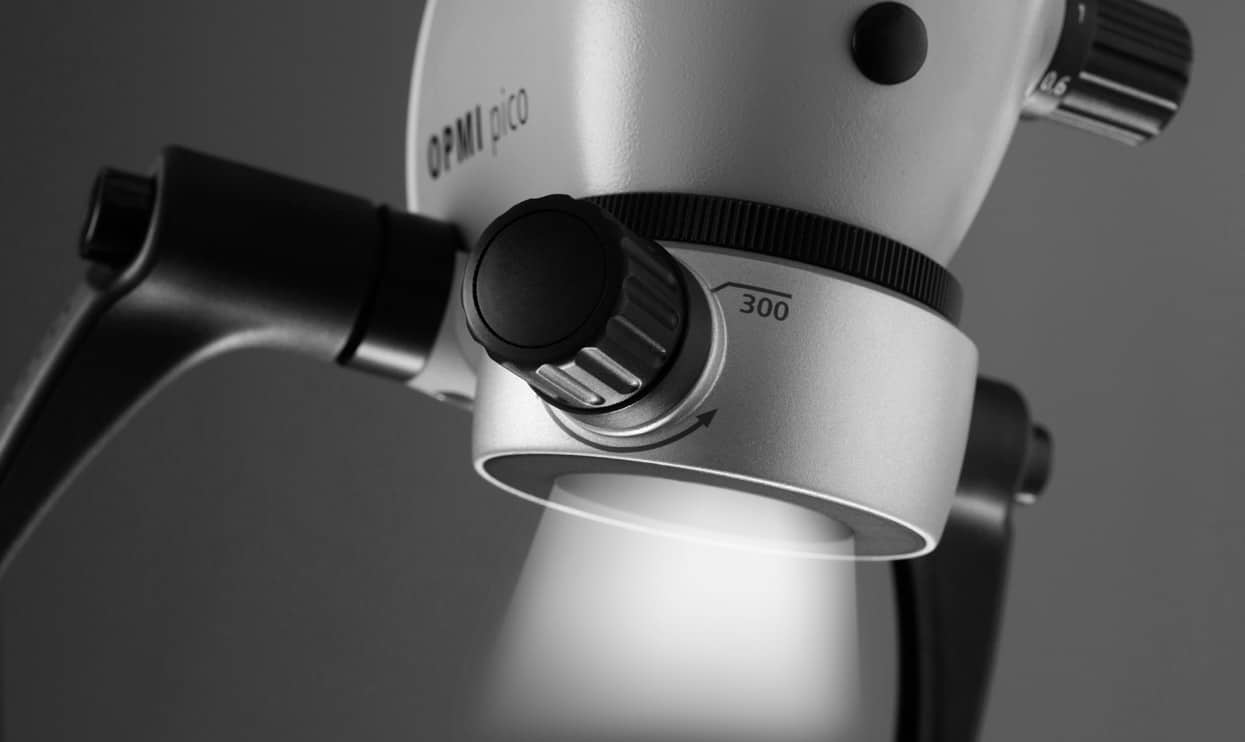
How important is precision to the dentist?
To seal a root canal, we need to ensure filling material is delivered within 0-0.5mm of the root tip. To perfect a porcelain crown, bridge, or veneer, our drill must cut a perfectly rounded edge that is 0.3mm wide, and the tolerance between the joining surfaces is no more than 0.03mm. To graft a piece of connective tissue, we require tension from 7-0 sutures to bridge the incision down to 0.05mm so that scarless healing can take place.
Dentistry should be regarded as precision surgery, just as how watchmaking represents the epitome of industrial precision. The patient’s smile and masticatory function is crafted through the dentist’s microscopic, repetitive, yet precise hand-eye coordination.
Without visual aids, our naked eye can only differentiate objects as big as 0.2mm. The natural tremor in our hands caused by skeletal musculature is between 1-2mm. When our vision is enhanced, the precision in our hands improves. Under the 20x magnification of an operating microscope, we are able to reduce this natural tremor down to 0.01-0.02mm. This equates to a 100x improvement in precision. So, have confidence that we are going to redefine acceptable precision in dentistry.

